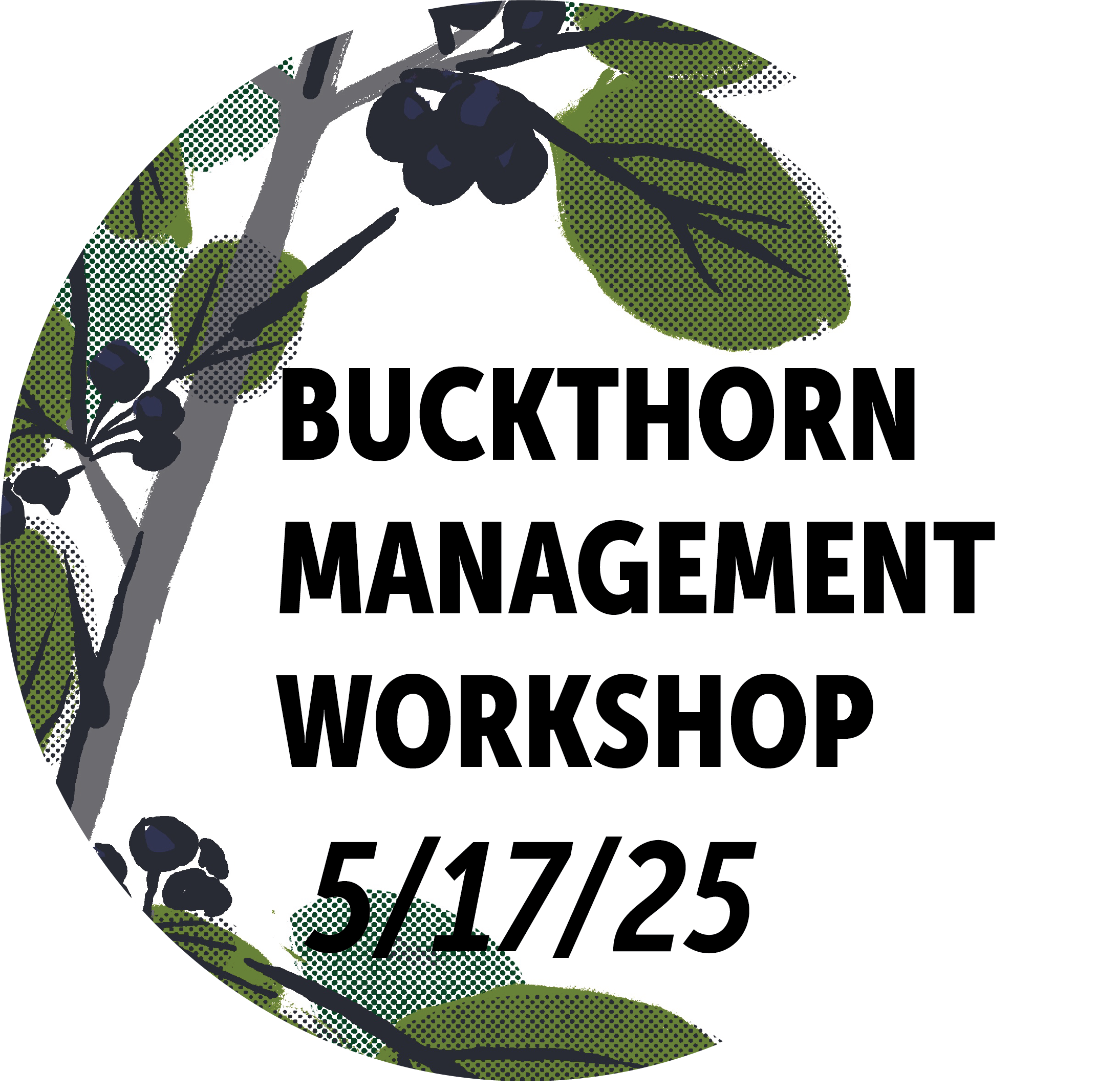General Advice
If gardening with native plants is new to you or if gardening in itself is outside of your comfort zone, we have a few tips to help you get started:
- It’s not all-or-nothing. Even a little improvement is still improvement.
- Don’t rush into a big project; take enough time to get to know your site, manage any invasive species you might have, and select plants suited to both your site and your goals.
- Start small and expand over time. New plantings will require more weeding and general care over the first few years; don’t take on more than you can manage.
Good
- Minimize herbicide and pesticide use.
- Add some native plants to existing garden beds or planters.
- Leave leaves from native trees in your garden for mulch/insect habitat. (But be cautious about bringing in leaves or mulch from elsewhere because there's a risk of transporting jumping worm eggs if they come from an infested yard.)
Better
- Replace an unused part of your lawn with a native planting.
- Use native groundcovers such as wild strawberry, violets, or prairie smoke instead of mulch or non-native groundcovers (which can often become invasive).
- Plant a native tree with a soft landing underneath to give butterflies and moths a safe space to pupate.
- Install a rain garden to improve rain infiltration into the soil and reduce stormwater runoff.
Best
- A yard with >70% native vegetation. This is based on the study by Desiree Narango, cited by Doug Tallamy in Nature’s Best Hope. As Tallamy said, “[C]hickadee populations achieved replacement rate–that is, produced enough chicks each year to replace the adults lost to old age and predation–only in yards with less than 30% introduced plants.” That is because non-native plants don’t support the caterpillars that chickadees (and most other songbirds) depend on to raise their young.
